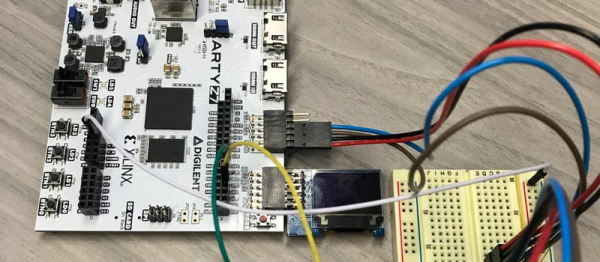Things are getting real now. Check the list below for the last round of confirmed speakers to the 2017 Hackaday Superconference. This brings our slate of speakers to 32, but we’re not done yet.
 Hackaday is adding an extra day to the Superconference by starting the festivities on Friday. Again this year we have an excellent custom hardware badge in development. It’s hard to pull yourself away during the Supercon for badge hacking so this year you can check in on Friday and let the hacking begin. Since you’ll be in town early, we’re also throwing a party at Supplyframe office (minutes walk from the main venue) for all Supercon speakers and attendees.
Hackaday is adding an extra day to the Superconference by starting the festivities on Friday. Again this year we have an excellent custom hardware badge in development. It’s hard to pull yourself away during the Supercon for badge hacking so this year you can check in on Friday and let the hacking begin. Since you’ll be in town early, we’re also throwing a party at Supplyframe office (minutes walk from the main venue) for all Supercon speakers and attendees.
But we’re still not done. 32 talks, an epic hardware badge, and an extra day of festivities, what else could there be you ask? Two things: workshops and the Hackaday Prize party. Supercon will play host to eight hardware workshops this year. We’ll announce workshop presenters and topics next week but I can tell you they’re superb this year!
Continue reading “All The Speakers Plus We’re Heating It Up A Day Early”

















